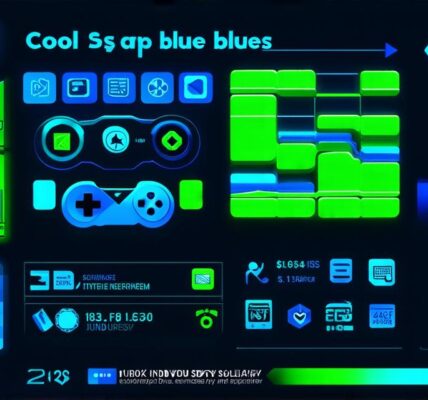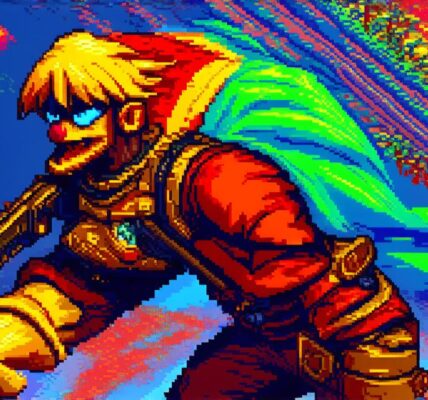In today’s digital age, video games have become an integral part of our lives. From casual mobile games to complex console and PC games, there is a wide variety of titles available for players of all skill levels.
But who creates these games, and what do they call themselves? This article will explore the world of video game design, delving into the roles, responsibilities, and skills required to create immersive and engaging gaming experiences.
What is Video Game Design?
At its core, video game design involves creating the rules, mechanics, and overall gameplay experience of a game. This includes everything from designing the levels, characters, and enemies to programming the game’s logic and systems. Video game designers work closely with other members of the development team, including artists, programmers, and producers, to bring their vision to life on screen.
The Roles of Video Game Designers
There are several different roles within video game design, each with its own specific responsibilities and skills. Some common roles include:
- Game Designer: This is the most general role in video game design, encompassing everything from brainstorming ideas to creating detailed game designs. Game designers typically have a strong understanding of game mechanics, programming, and art, as well as excellent communication and collaboration skills.
- Level Designer: This role involves designing the individual levels or stages of a game, taking into account factors such as flow, difficulty, and player progression. Level designers often work closely with artists to create visually appealing environments and ensure that each level is balanced and engaging.
- Systems Designer: This role focuses on creating the rules, mechanics, and systems that govern a game’s behavior. Systems designers typically have a strong background in programming and mathematics, as well as an understanding of game theory and design.
- User Experience (UX) Designer: UX designers focus on ensuring that a game is easy to use and enjoyable for players. This includes designing intuitive interfaces, creating clear and concise instructions, and testing the game extensively to identify and fix any usability issues.
Skills Required for Video Game Design
To excel in video game design, there are several key skills that you will need to possess. These include:
- Creativity: Video game design requires a great deal of creativity and imagination, as designers must be able to come up with unique and innovative ideas for games that will capture players’ attention.
- Problem-solving: Game design involves solving complex problems, such as how to create engaging levels or balance the difficulty of a game. Strong problem-solving skills are essential for successful game design.
- Technical skills: Video game designers must have a strong understanding of programming, art, and game theory, as well as the ability to use specialized software and tools.
- Communication skills: Game designers must be able to communicate effectively with other members of the development team, as well as with stakeholders and executives. Strong communication skills are essential for successful project management and collaboration.
Real-Life Examples of Successful Video Game Designers
There are many successful video game designers who have made significant contributions to the industry. Some notable examples include:

- Shigeru Miyamoto: Miyamoto is a Japanese video game designer who co-founded Nintendo and created some of the most iconic games of all time, including Super Mario Bros., The Legend of Zelda, and Pokémon.
- Hideo Kojima: Kojima is a Japanese video game designer who is best known for creating the Metal Gear Solid series. He is known for his unique storytelling and world-building, as well as his attention to detail in game design.
- Clifford Suter: Suter is a British video game




